Nonlinear Transient Response
Overview
The nonlinear element library of NX NASTRAN consists of:
- RODs, CONRODs, and TUBEs for unidirectional truss members:
- BEAMs for axially and laterally deforming line members:
- QUAD4s and TRIA3s for membrane, plate and shell modeling:
- HEXAs, PENTAs, and TETRAs for solid modeling:
- GAPs for contact and friction simulation.
Nonlinear elements may be combined with linear elements for computational efficiency if the nonlinear effects can be localized. Primary operations for nonlinear elements are updating element coordinates and applied loads for large displacements, and the internal relaxation iteration for material nonlinearity. Refer to Table 1.2.1 for a summary of the nonlinear element properties. The geometric nonlinearity becomes discernible when the structure is subjected to large displacement and rotation. Geometric nonlinear effects are prominent in two different aspects: geometric stiffening due to initial displacements and stresses, and follower forces due to a change in loads as a function of displacements. The large deformation effect resulting in large strains has not been implemented. Material nonlinearity is an inherent property of any engineering material. Material non-linear effects may be classified into many catagories. Included are plasticity, nonlinear elasticity, creep, and viscoelasticity. Creep and viscoelasticity, implemented as a generalized nonlinear viscoelastic capability, may be coupled with plasticity. Many sophisticated options are available for yield criteria and hardening behavior in plasticity. The primary solution operations are gradual load or time increments, iterations with convergence tests for acceptable equilibrium error, and stiffness matrix updates. The iterative process is based on the modified-Newton’s method combined with optional expeditious methods such as the quasi-Newton (BFGS) update and the line search. The stiffness matrix updates are performed occasionally to improve the computational efficiency, and may be overridden at the user’s discretion. A number of options of arc-length methods are also available for snap-through or post-buckling analysis of the static problems. For the transient response analysis, a number of options are available for implicit direct time integration, combined with adaptive and expedient iteration strategies similar to those implemented for static analysis.
Solution sequences 106 and 129 consolidate all the nonlinear features described above. SOL 106 is applicable to static, quasi-static, and nonlinear buckling analyses. SOL 129 is primarily applicable to dynamic transient response analysis with some limited static analysis capability. Both of these solution sequences can accommodate superelements.


